Description
Caracal kittens For Sale
Caracal kittens are the young of the caracal (Caracal caracal ), a medium-sized wild cat known for its distinctive tufted ears and agile hunting abilities. Here are some key points about caracal cat for sale:
Physical Characteristics
- Size at Birth: Caracal kittens are born weighing about 250 to 300 grams (around 0.5 to 0.7 pounds) and are covered in soft, fluffy fur.
- Appearance: They have a spotted coat that provides camouflage in their natural habitat. As they grow, their fur pattern becomes more pronounced, characterized by a tawny or sandy color with spots and stripes.
Development
- Eyes and Mobility: Kittens are born with their eyes closed and usually open them around ten days old. They begin to walk and become more mobile within a few weeks.
- Weaning: Caracal kittens are typically weaned at around 8 to 10 weeks of age but may stay with their mother for several months to learn essential survival skills.
Behavior
- Social Structure: Caracals are generally solitary animals, but kittens remain with their mother for the first year of life. The mother teaches her young how to hunt and navigate their environment.
- Vocalizations: Kittens communicate with soft meows and purrs, which may evolve into more distinct vocalizations as they grow.
Diet
- Feeding: While the mother cat hunts and brings food back to her kittens, their diet consists mostly of small mammals and birds. As the kittens grow and learn to hunt, they will start to catch their own food.
Habitat
- Natural Environment: Caracals inhabit a variety of environments including savannas, semi-deserts, and forests across Africa, the Middle East, and Central Asia. They prefer areas with dense vegetation for cover when hunting.
Conservation
- Status: The caracal is currently classified as Least Concern by the International Union for Conservation of Nature (IUCN), but habitat loss and hunting can pose threats to their populations, particularly in some regions.
Conclusion
Caracal kittens are adorable, playful young felines that grow to become skilled hunters. They require the care and guidance of their mother during their formative months to learn the necessary skills for survival in the wild. Conservation efforts are essential to protect their habitats and ensure the survival of this fascinating species.





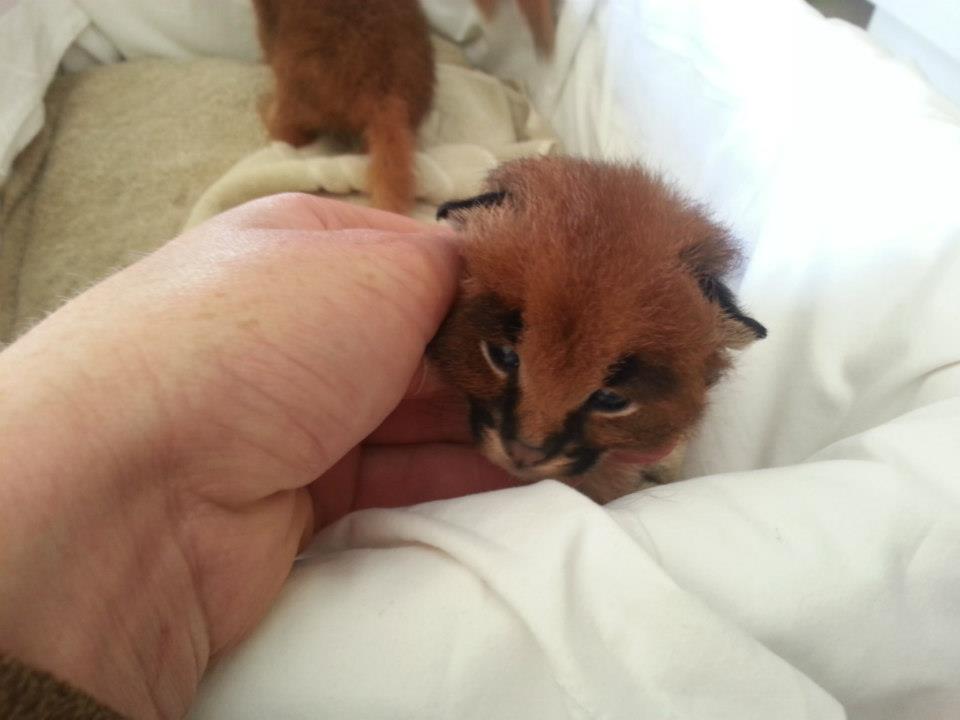







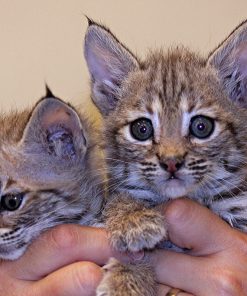


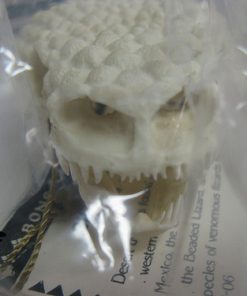
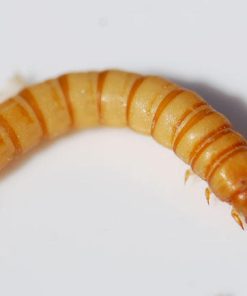



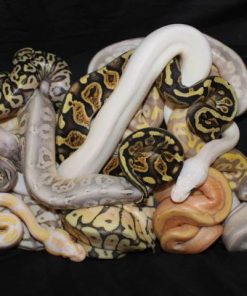

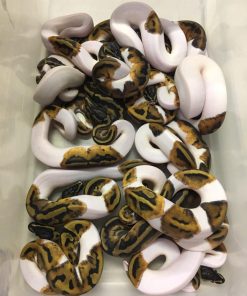
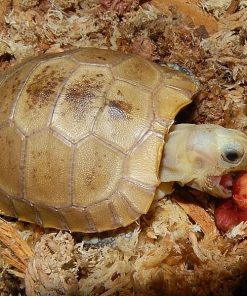

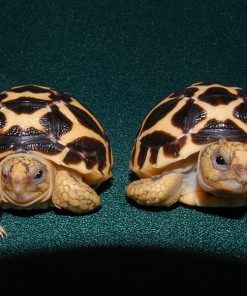
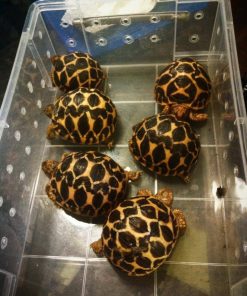
Reviews
Clear filtersThere are no reviews yet.